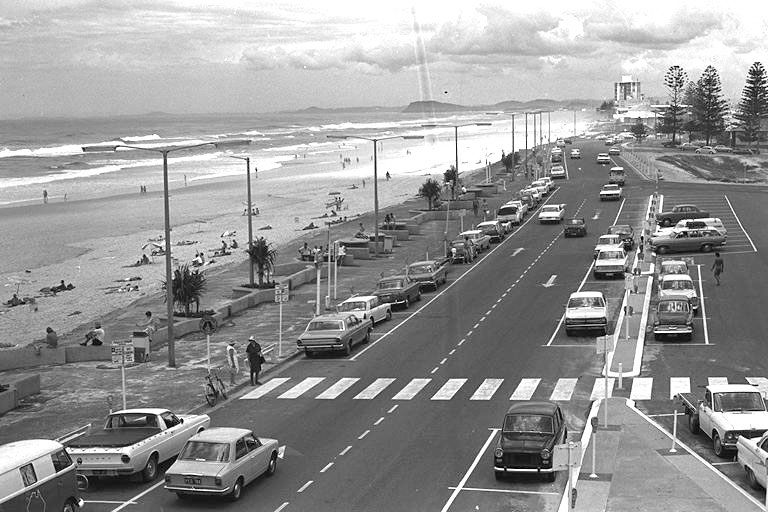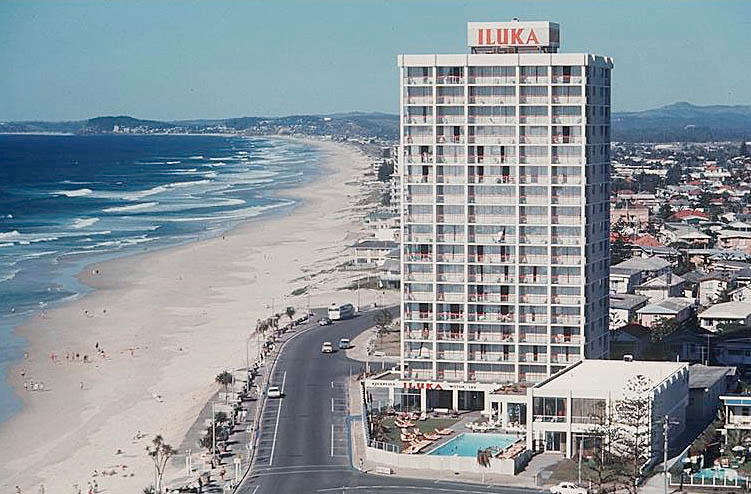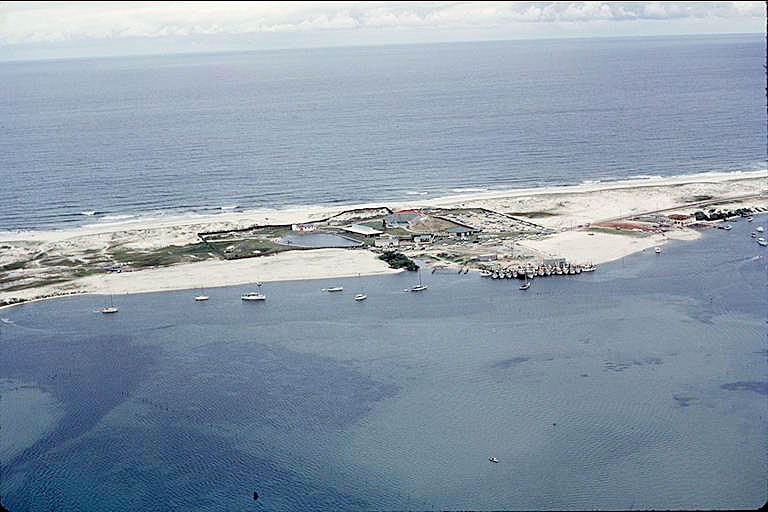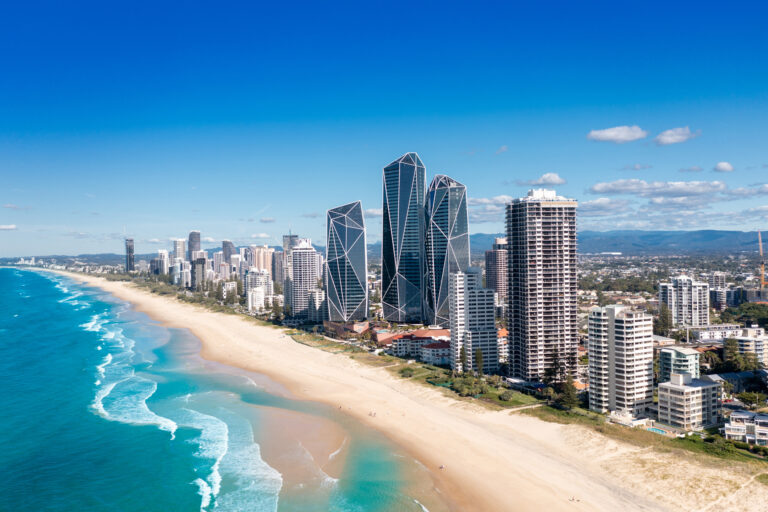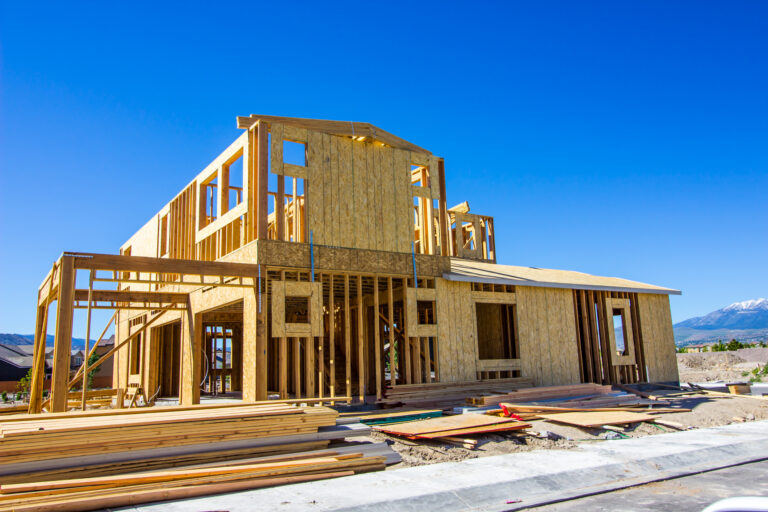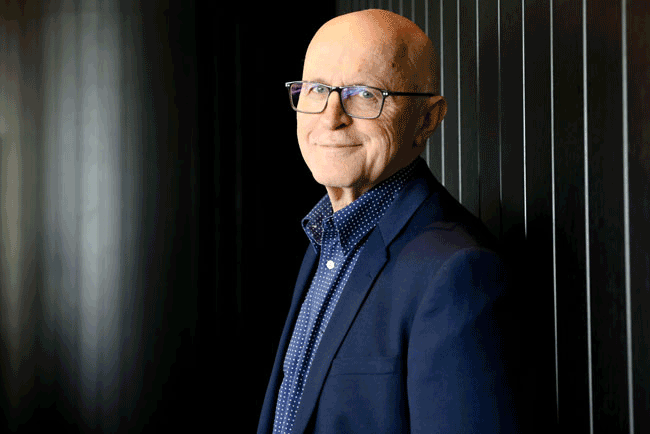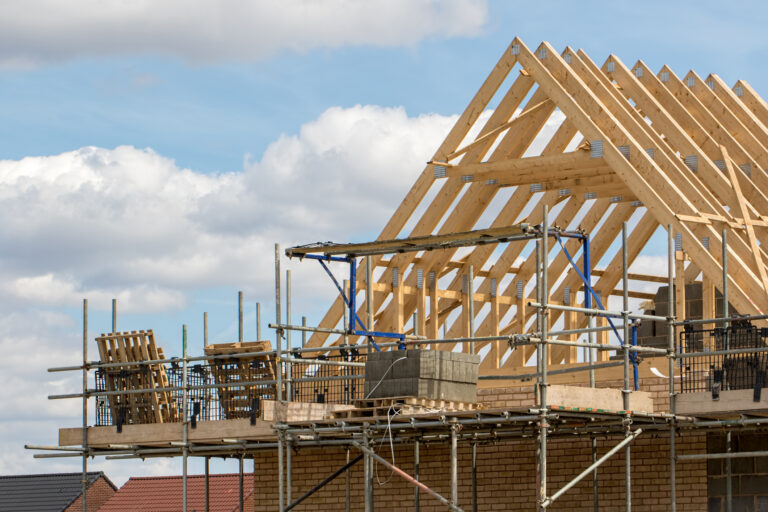The Rise of Paradise: the history of the Gold Coast, Part 1
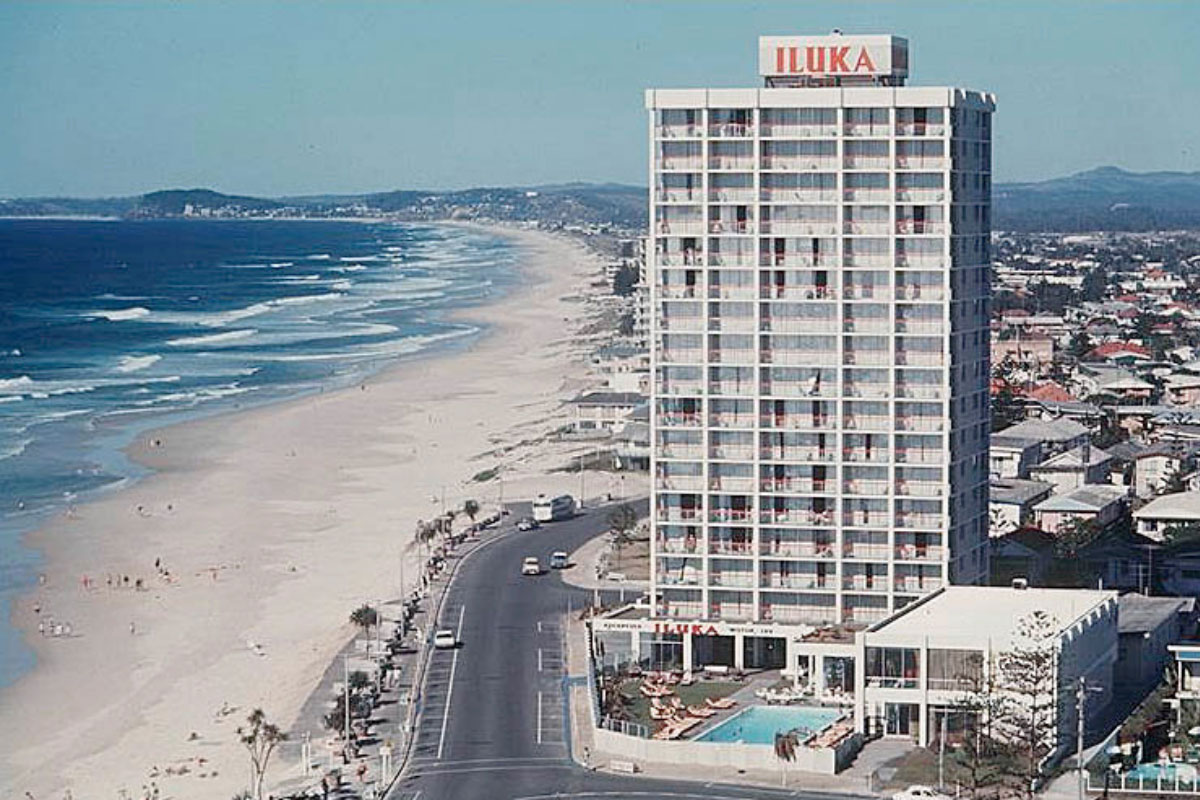
Let us take you on a unique journey.
First, we’ll ‘time-warp’ back to the 60s, where the smooth waves and pristine beaches of the Gold Coast sparked a rise of a destination like no other – ‘beautiful one day, perfect the next’. It would soon be in high demand from holiday makers, motel and hotel operators, and those looking for a sea-change. We’ll then guide you through the 70s, where innovative developments began and some of our most iconic buildings were founded. Through to the start of the 80s, where the fight for height begins and the birth of some of our now many tourist attractions became the foundation for our reputation as a top holiday destination.
Esplanade near Cavill Avenue and Surfers Paradise Beach, Queensland, 1965
The vibrant decade of the 1960s is considered to be the beginning of the development boom in high-rise holiday apartments and hotels. This era saw the growth of new infrastructure, such as canal estates and land subdivisions. The local building industry set about many new projects and a robust pattern of growth began to take place across the region.
During the 1960s, Surfers Paradise established itself as a top holiday destination. Completed in 1959, the Kinkabool was Surfers Paradise’s first high-rise and is considered to be the inspirational start of this era’s booming infrastructure. The Kinkabool still stands today on Hanlan Street, and in 2009 was added to the Queensland State Heritage Register.
Iluka apartment building between Hanlan and Trickett Streets, Surfers Paradise, Queensland, circa 1970s
Throughout the 1970s, with the continued rise in holiday accommodation and innovative developments, the Gold Coast soon became a must-visit holiday destination. Several iconic buildings were constructed during this time, including: Iluka, St Tropez and The Pink Poodle. The Iluka and St Tropez are considered Gold Coast icons and were significant landmarks, being the very first buildings to reach 20-storeys.
The growth and popularity of surfing went hand-in-hand with the growth of development on the Gold Coast. All along the coastline – from Southport to Coolangatta – holiday houses, motels and guesthouses were built to accommodate the growing number of travellers wanting to enjoy the waves and sandy beaches. In 1977, the city played host to the Stubbies Surf Classic at Burleigh Heads. It was the first event of the modern surfing tour (won by famous Australian surfer, Michael Peterson), and marked the beginning of many future surfing tours along Gold Coast’s coastline.
Seaquarium on The Spit, Main Beach, Queensland, 1967
By the start of the 1980s, almost all of the vacant land within 10km of the coast had been developed. Cementing the Gold Coast’s reputation as an international tourist centre was the construction of modern theme parks, including Dreamworld and Sea World. The influx of Japanese property investment during this time made the city skyline soar, but it was the construction of the Gold Coast Airport terminal in Coolangatta during the late 1970s (officially opened 1981) that solidified the city as a national and international travellers’ top holiday destination.
1960s-1980s impacting moments on the Gold Coast:
- 1959 – The Gold Coast was officially declared a city by the Gold Coast Town Council, who thusly changed their name to the Gold Coast City Council.
- 1960 – Construction began on a bridge at Lands End in Labrador, now known as the Biggera Creek Bridge. This bridge opened up potential development to the Gold Coast’s Northern Estate.
- 1960 – Construction of the 100-hectare Florida Gardens Estate project in Broadbeach began. This created 1000 allotments and involved the construction of the 30-metre canal linking Little Tallebudgera Creek with the Nerang River, giving rise to continued estate construction all along the canal.
- 1962 – The Nobby’s Beach chairlift was built, which later became a part of the Magic Mountain entertainment park.
- 1963 – Miami High opened, marking the first high school to be built between Southport and the border, a symbol of the population growth of this time.
- 1964 – Arthur Earle purchased roughly 3000 acres of land between Nerang and Mudgeeraba, on which he bulldozed a straight track through the middle. Earle’s ‘track’ is still a part of today’s Gold Coast Highway.
- 1965 – The founding year of the iconic bikini clad Meter Maids, who continue to help prevent Surfers Paradise travellers from receiving parking fines.
- 1965 – The Gold Coast’s first ever major marine park opened, called Seaquarium. Its name soon changed to Marineland. Marineland is considered the birth of theme parks on the Gold Coast.
- 1967 – Lae Enterprises, formed by developer Neil McCowan, purchased 182 hectares of tidal wetland adjacent to the Southport Broadwater. McCowan and his advertising agent, John Garnsey, are credited with the naming of Runaway Bay.
- 1968 – Opening of Queensland’s largest shopping centre, Southport’s Sundale.
- 1970 – The canal development known as Paradise Point Keys – located west of the Broadwater – was advertised for sale. With prices starting at $6950, the first stage of 135 waterfront lots sold out within a year.
- 1971 – A new and improved water ski lake called Ski Gardens opened on The Spit.
- 1972 – Ski Gardens was renovated and changed its name to Sea World. This same year, Sea World introduced dolphins, a huge public swimming pool and other popular exhibits.
- 1973 – saw Warren Young promoted to Chief Lifeguard (the beginning of his still ongoing 41-year career as a lifeguard).
- 1974 – The Coolangatta suburbs namesake – the schooner Coolangatta (wrecked in 1946) – was uncovered.
- 1976 – Marineland was purchased by Sea World for $1.2 million. This began the introduction of major rides at Sea World as well as the start of construction on Australia’s first monorail train system.
- 1976 – Helensvale’s first homes were constructed as part of the areas original sugar plantation.
- 1976 – Queensland received its first ever Lifesaver Rescue Helicopter, donated by Westpac.
- 1978 – Nikiforides Group relocated to South East Queensland, marking the beginning of many major Gold Coast developments by the family-owned company.
